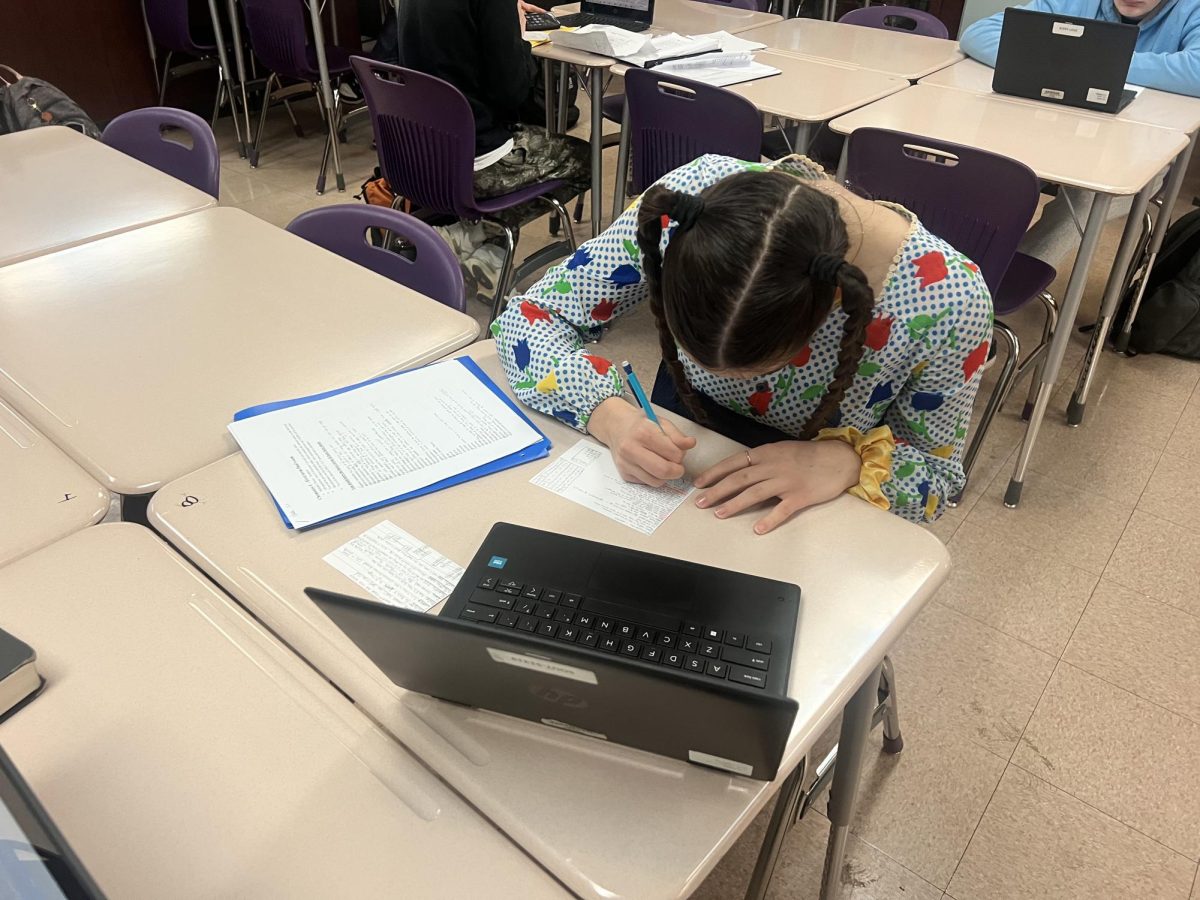Each year, the National School Lunch Program serves five billion lunches to students across the country. Of these five billion lunches, 2 million are reduced price, meaning the student owes $.40 for their meal instead of the full price of $2.34 for elementary schoolers. Each student, unless they are one of the 2.1 million exempt from payment by the free lunch program, is required to pay for their food.
At South, a school lunch costs $2.85. If a student purchases lunch all 180 days of the academic year, that adds up to $513. To some parents, that may be an insignificant price to pay for a well fed student, but for some families, especially those with multiple children, it’s not so feasible.
Recently, uproar has been caused by the practice of “lunch shaming.” In public schools nationwide, primarily elementary schools, children are being denied hot lunches due to insufficient funds in their lunch accounts. Extreme versions of lunch shaming include stamping a child’s hand with the words “I Need Lunch Money,” which schools in Alabama recently came under fire for. In response to the debated topic, New Mexico outlawed lunch shaming in early April of this year.
South’s cafeteria is in charge of offering a variety of lunch options to roughly 1,700 students each day. The MCCSC website makes the following statement regarding the importance of a healthy school lunch:
“Well-nourished students have higher test scores, increased school attendance, improved concentration, and improved classroom behavior. Students, who are physically fit, sleep better and are better able to handle the physical and emotional challenges that they encounter during the day.”
However, when a student can’t pay for their lunch at South, they are not permitted to have it. The MCCSC school board met on Tuesday of this week about Policy 8500, which provides guidelines for schools about what to do when a student can’t pay for lunch. MCCSC currently allows for three meals to be charged to a lunch account before students are given a sandwich, milk, and a half a cup of fruit instead.
The average teenager needs anywhere from 1,800 to 3,200 calories per day. A peanut butter and jelly sandwich, a half a cup of grapes, and a half pint of milk only provide approximately 340 calories, which isn’t nearly enough to serve as the “most important meal of the day.” Not to mention that it’s only thing some students will eat until they finally return home after a long day at school, work, or athletic practice.
The biggest issue with lunch shaming is finding a solution — schools can’t just pass out food free of charge. At Summit Elementary, there’s word of a teacher who will give her own lunch to children lacking lunch money. Surely there are several other educators who are unsettled by the lunch policies and would like to do something to help. Unfortunately, kindhearted teachers can’t be responsible for feeding hungry kids.
An elementary schooler shouldn’t be shamed for not having enough lunch money; they’re not even supposed to cross the street alone. Lunch money shouldn’t be the child’s responsibility; schools directly contact the student’s parent or guardian when a student needs money and ideally, parents would immediately respond.
For high school students, it’s less problematic to be denied a lunch, since teenagers are (supposedly) capable of packing their own lunch and bringing in money when necessary.
Regardless of the student’s age, lunch shaming has become a problem because it’s no longer a matter of money, but a matter of mind. Picture an adult on a 30 minute lunch break rushing through the line at Subway — their credit card is denied and they don’t have any cash on them, therefore they don’t receive the lunch they ought to. The situation in the school lunch line is the same.

